How World Currencies Got Their Name
Mar 25, 2016 09:44
How did the world's currencies get their names? Here's taking a look at some of their history. It's actually quite interesting.
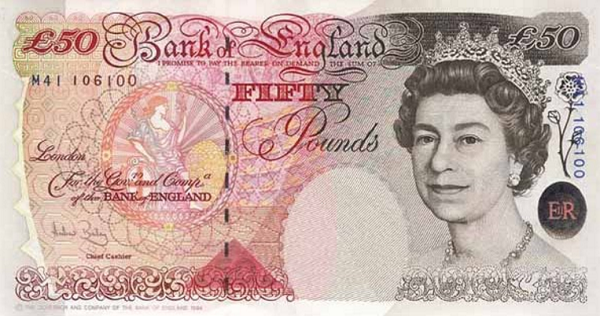
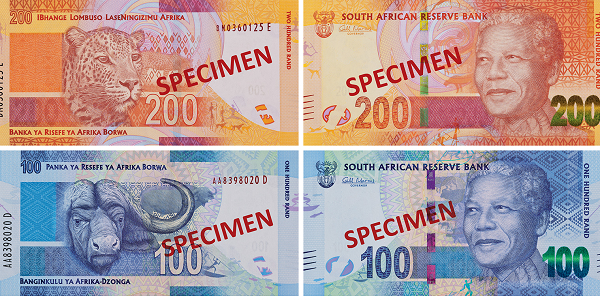
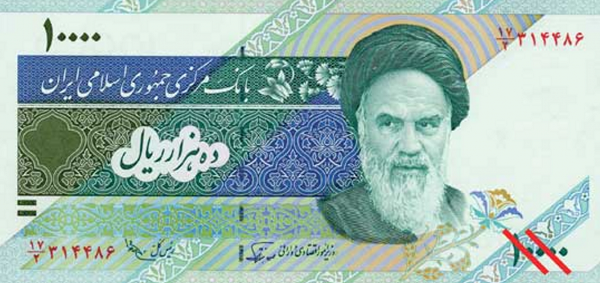

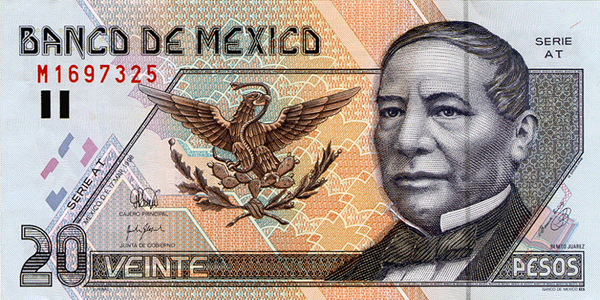
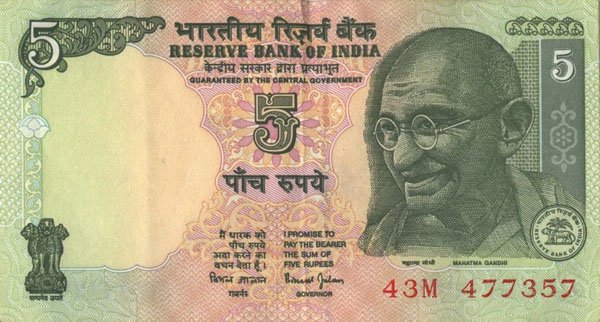
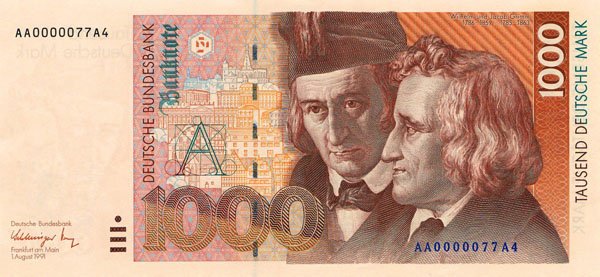
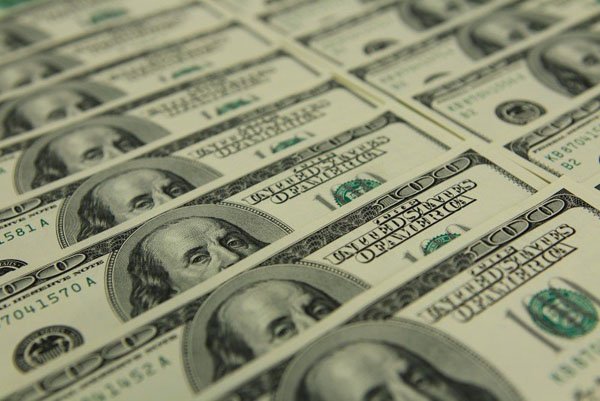


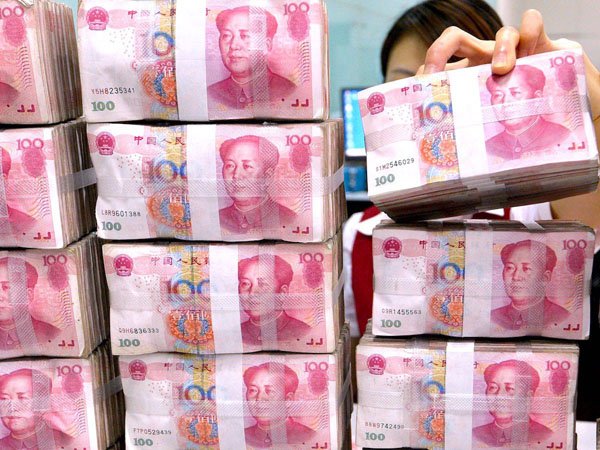
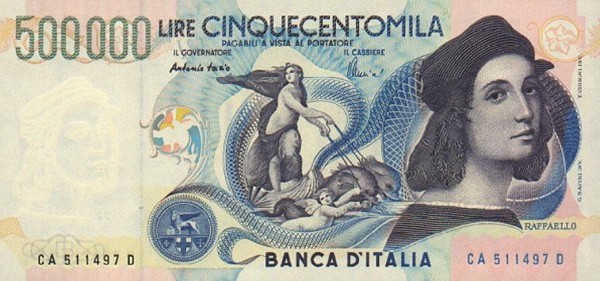
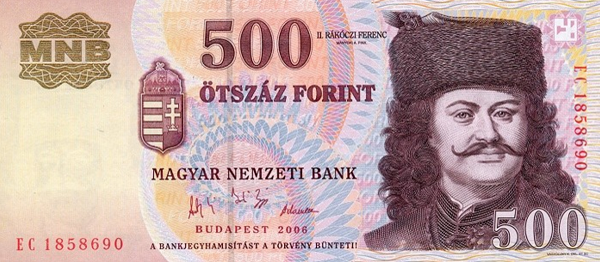
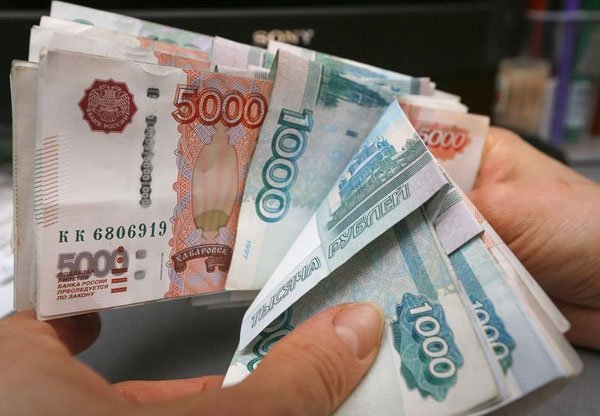
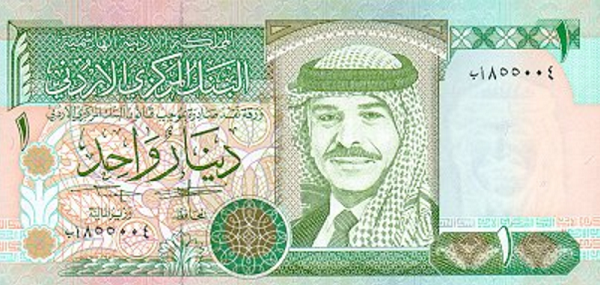
Pound
The British pound is derived from the Latin word “poundus” meaning “weight.”
Rand
South Africa’s rand comes from the Dutch name for the South African city Witwatersrand, an area rich in gold.
Rial
The Latin word “regalis,” meaning “royal,” is the origin for the Omani and Iranian “rial.”
Zloty
“Zloty” is the Polish word for “golden.”
Peso
“Peso” literally means “weight” in Spanish.
Rupee
The Sanskrit word for wrought silver is “rupya,” which lends its name to the Indian and Pakistani rupee.
Mark
The Deutsche mark and the Finnish markka also draw their names from units of weight.
Dollar
According to OxfordWords, the Flemish or Low German word “joachimsthal” referred to Joachim’s Valley, where silver was once mined. Coins minted from this mine became “joachimsthaler,” which was later shortened to “thaler” and which eventually morphed into “dollar.”
Kroner
Many Scandinavian countries use a currency that derives from the Latin word “corona,” meaning “crown.”
Ringgit
When coins were minted in precious metals, thieves would shave off small portions of the metal to create new coins.To combat this, countries began minting coins with jagged edges. The Malaysian word for jagged is “ringgit,” the name of the currency.
Chinese yuan, Japanese yen, and Korean won
The Chinese character “圓,” meaning “round” or “round coin,” is responsible for the name of the Chinese yuan, Japanese yen, and Korean won.
Lira
The Italian and Turkish “lira” come from the Latin word “libra,” meaning “pound.”
Forint
The Hungarian forint comes from the Italian word “fiorino,” a gold coin from Florence.
Ruble
Russia’s and Belarus’ ruble are named after a measure of weight for silver.
Dinar
This is a pretty straightforward truncation of the Latin word “denarius,” which was a silver coin used in ancient Rome.







































































